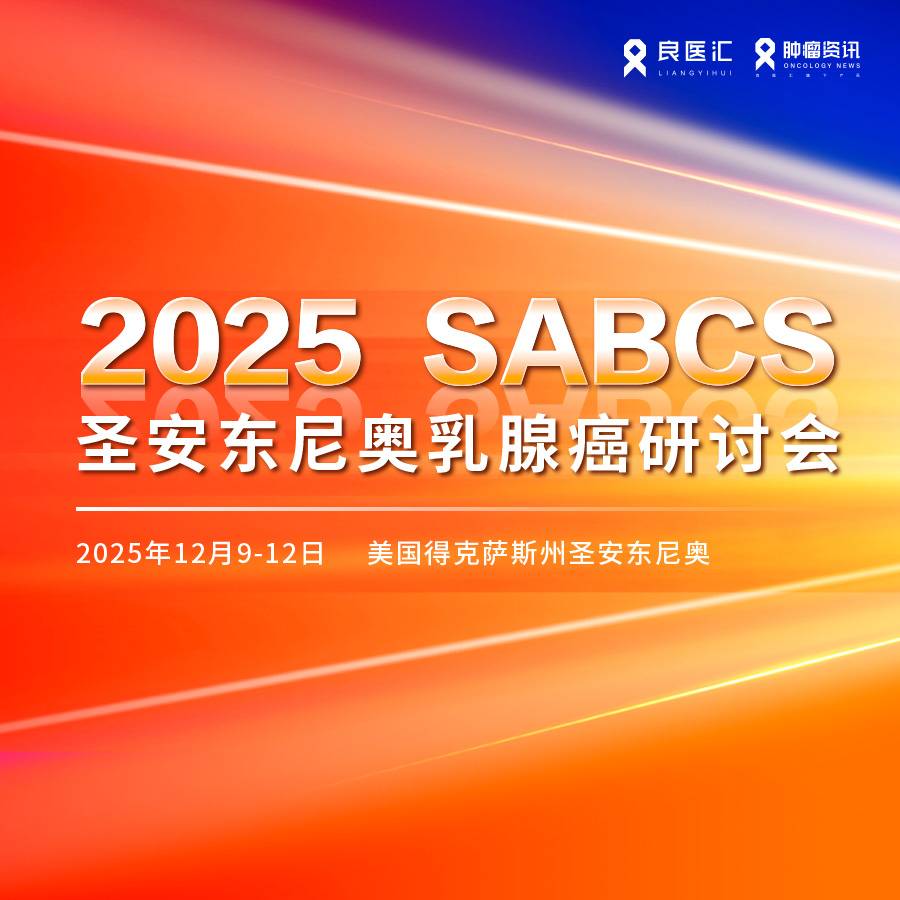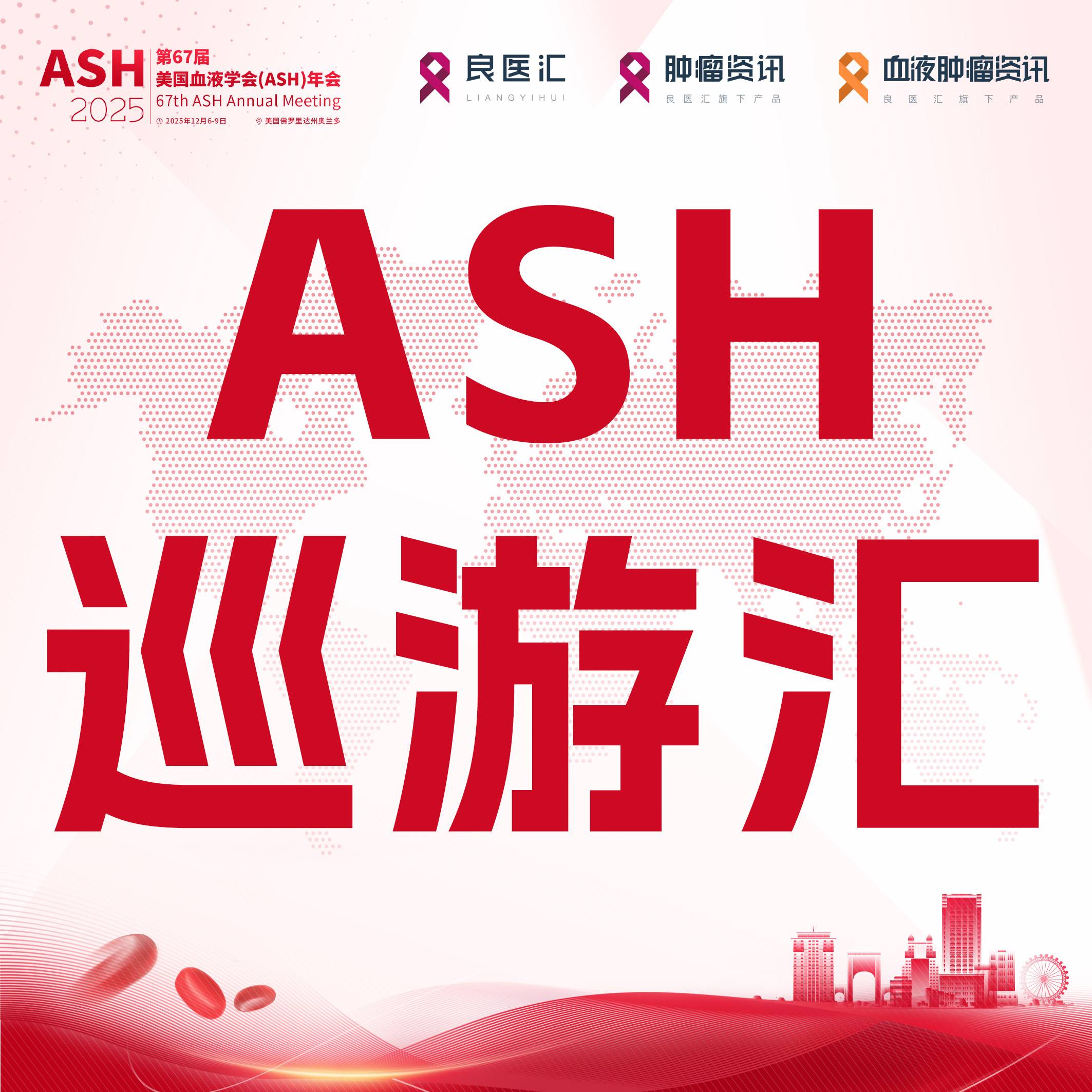Petrv Tsarkov教授专访
期待中俄结直肠癌专家协力谱写治疗新篇章
2023年6月17日,由复旦大学附属中山医院、复旦大学附属中山医院结直肠癌中心和上海结直肠肿瘤微创工程技术研究中心共同举办的第19届上海国际大肠癌高峰论坛(2023 SICS)正式拉开帷幕。来自全球10多个国家的结直肠癌学术领军专家、学者久别重逢,再次共赴上海参加这一声名远播的结直肠癌学术盛会。本次大会秉承规范和创新的理念,围绕结直肠癌诊疗最新研究进展和方向展开学术汇报,共同探讨结直肠癌领域前沿诊疗技术、精准医学转化和临床指南规范等关键问题。
论坛现场,【肿瘤资讯】就结直肠癌淋巴结清扫内侧边界的确定及规范化临床操作对于来自俄罗斯莫斯科国立谢东诺夫第一医科大学的会议嘉宾Petrv Tsarkov教授进行了专访。
现将访谈内容精要整理如下,以飨读者。
东西人群肠系膜血管及结肠系膜存在解剖学差异
Petrv Tsarkov教授:非常感谢您的问题。我很高兴可以在阔别许久后再次来到中国,同我们中国的结直肠癌专家共同参与这一重要会议。我们一直保持着紧密联系和长期合作。您提到的这一既往研究旨在探索外科医生在CT和三维重建技术引导下明确IMA及其分支的解剖结构,以规范化结直肠癌患者完整肠系膜全切除术(CME)或D3淋巴结清扫根治术的手术实践。
不可否认的是,东西方患者右结肠血管解剖结构存在种族差异。相较于包含俄罗斯在内的高加索人种,在以中国为代表的亚洲地区人群中,右结肠动脉(RCA)作为独立的主干起源于肠系膜上动脉(SMA)的出现率更高,可达70%。相较之下,高加索人种的SMA分支位于肠系膜上静脉(SMV)之下的情况则明显多于亚洲患者。这些发现表明,因肠系膜血管及结肠系膜解剖学差异可能使得各个种族人群进行结肠癌扩展淋巴结清扫的手术原理、手术范围及根治效果有所不同。基于此,西方患者进行D3淋巴结清扫术较东方患者更为复杂。因此,由欧洲提出的CME理念是俄罗斯国内较为广泛认可的结肠癌根治术。
右半结肠癌D3淋巴结清扫内侧界的确定
Petrv Tsarkov教授: CME与D3淋巴结清扫均强调高位结扎供血血管及系膜切除的完整性,规范了右半结肠癌根治术,但对于D3淋巴结清扫的内侧界仍存较大争议。肠系膜上血管间的解剖关系为右半结肠癌D3根治术提供了不同的边界选择。CME是从结肠系膜起点的角度来描述内侧界,强调SMA左侧;而D3是从淋巴结的分布角度描述内侧界,多数学者将SMV左侧缘作为D3淋巴结清扫内侧界。而随着解剖学研究以及对结肠系膜研究的不断深入,以SMV右侧作为D3清扫内侧界的临床研究也正在开展。就我个人观点而言,我更倾向于中国学者采用的SMV左侧作为D3清扫内侧界而非挪威学者支持的SMA左侧作为清扫方式。主要原因在于右半结肠癌的淋巴引流能够跨过SMV向SMA汇聚。此外,但由于SMA周围组织结构相对致密,在操作过程中极易造成肠系膜下动脉(IMA)的破坏,为术者的操作带来挑战。相比之下,SMV周围间隙较为疏松,解剖标志更为清晰,因此在操作过程中可降低术中副损伤的发生率。综上,SMV左侧为边界理论上有着更好的肿瘤根治性效果。我期待未来可以在俄罗斯开展更多相关研究。
区域淋巴结清扫的规范化仍需中俄结直肠外科医生共同努力
Petrv Tsarkov教授:目前俄罗斯结直肠癌根治术淋巴结清扫术的主流观念仍然是基于欧洲学者Hohenberger等提出的CME,即强调术中维持结肠系膜的完整性。由日本提出D3根治术,核心在于彻底的区域淋巴结清扫。彻底的淋巴结清扫有助于提高肿瘤学预后,也有助于对第3站淋巴结转移率的评估。中国、日本和韩国大部分术者认为,SMV左侧清扫即可达到D3引流区域淋巴结清扫的要求,同时也能够避免过度治疗带来的并发症。相比SMV左侧清扫,SMV右侧清扫只能达到D2标准,无法满足对中央淋巴结清扫的要求。基于上述原因,我非常期待更多俄罗斯的结直肠癌外科医生将从亚洲,尤其是中国施行的结直肠癌根治术中吸取经验,明确清扫的边界,以利于指导临床的实践和推广。
Looking forward to a new chapter in the treatment of colorectal cancer with the cooperation of Russian and Chinese specialists
On June 17, 2023, the 19th Shanghai International Colorectal Cancer Summit (2023 SICS) co-organized by Zhongshan Hospital of Fudan University, Colorectal Cancer Center of Zhongshan Hospital of Fudan University and Shanghai Minimally Invasive Colorectal Tumor Engineering Technology Research Center took placed in Shanghai, China. Leading colorectal cancer experts and academics from more than 10 countries around the world gathered together in Shanghai to participate in this prestigious colorectal cancer academic event. The conference adheres to the concept of standardization and innovation, focuses on the latest research progress and direction of colorectal cancer diagnosis and treatment, and discusses key issues such as cutting-edge diagnosis and treatment technology, precision medicine translation and clinical guideline standardization in the field of colorectal cancer.
【Oncology News】interviewed Prof. Petrv Tsarkov from Sechenov First Moscow State Medical University, Moscow, Russia to discuss medial border of D3 lymphadenectomy for right colon cancer and related clinical practice.
Anatomical variations in east-west population
Prof. Petrv Tsarkov: Thanks for your question. I am very delighted to be back in China after such a long break and to participate in this prestigious conference with our Chinese colorectal cancer experts. We have maintained close contact and long-term cooperation with Chinese experts. The previous study you mentioned provided CT-based preoperative identification of the IMA anatomy by surgeons to standardize the surgical practice of complete mesocolic excision (CME) or radical D3 lymph node dissection in colorectal cancer treatment.
It is undeniable that there are vascular anatomical variations of the right colon in different ethnicities. The right colonic artery (RCA), as a separate trunk originating from the superior mesenteric artery (SMA) is more common in Asian populations (up to 70%) than in Caucasian populations including Russia. In contrast, Caucasian patients have SMA branches lying beneath the superior mesenteric vein (SMV) significantly more often than Asian patients. These findings suggest that certain dissimilarities in mesenteric vascularity may influence the surgical rationale, extent and outcome of extended lymph node dissection for colon cancer in different ethnic groups. Based on this, D3 lymph node dissection is more complicated to perform in Western patients than in Eastern patients. Therefore, the CME concept proposed by Europe is a more widely accepted radical procedure for colon cancer in our country.
Medial border of D3 lymphadenectomy for right colon cancer
Prof. Petrv Tsarkov: Complete mesocolon excision (CME) and D3 lymphadenectomy are two standard procedures for locally advanced right colon carcinoma. The CME procedure emphasizes the beginning of the colonic mesentery and the left side of SMA should be considered as the medial border. In contrast, D3 lymphadenectomy determines the medial border according to the distribution of the lymph nodes. However, the medial boundary of D3 lymph node dissection remains world-widely controversial. The mainstream medial border should be the left side of superior mesenteric vein (SMV) according to the definition of D3, but there are also some reports that regards the middle of superior mesenteric artery (SMA) as the medial border.
With the deepening of anatomical studies and mesocolic studies, clinical studies using the right side of SMV as the medial boundary of D3 clearance are also being carried out. From my personal point of view, I prefer the left side of SMV as the medial border of D3 clearance as Chinese clinical routine, rather than the left side of SMA as the clearance method supported by Norwegian experts. The main reason is that the lymphatic drainage of right hemicolectomy can converge across the SMV towards the SMA. In addition, a surgeon may face surgically challenging variants of SMA branching, which are associated with a more difficult procedure of inferior mesenteric artery (IMA) during the operation. In contrast, there is a tiny more space surrounding SMV, and the anatomical landmarks are easier to identify, thus reducing the incidence of intraoperative collateral injury during the operation. In conclusion, the left side of the SMV border theoretically has a better radical tumor outcome. I look forward to conducting more relevant studies in Russia in the future.
Standardization of regional lymph node dissection still requires joint efforts of Russian and Chinese colorectal surgeons
Prof. Petrv Tsarkov: The current the mainstream concept of lymph node dissection for radical resection of colorectal cancer in Russia is still based on the CME proposed by European experts Hohenberger et al., which emphasizes the intraoperative maintenance of the integrity of the colonic mesentery. D3 lymphadenectomy proposed by Japan with an extended lymph node harvest performed an improved oncological prognosis and comprehensive evaluation of lymph node metastasis at station 3. Most surgeons in China, Japan, and South Korea believe that left-side dissection of SMV can meet the requirements of lymph node dissection in the D3 drainage area, while avoiding complications associated with overtreatment. Compared with SMV left-sided clearance, SMV right-sided clearance just meet the D2 standard and is not sufficient to achieve the requirements of central lymph node dissection. For these reasons, I do expect that more Russian colorectal cancer surgeons could benefit from the experience of Asian, China particularly, in radical resection of colorectal cancer for improved surgery and prognostic outcomes.
排版编辑:肿瘤资讯-Vicky
点击链接查看论坛回放:
https://mm.sciconf.cn/cn/minisite/content/18418?m=778603
1.Tsarkov PV, Efetov SK, Zubayraeva AA,et al.Surgeon's role in CT-based preoperative determination of inferior mesenteric artery anatomy in colorectal cancer treatment. Khirurgiia (Mosk). 2022;(9):40-49. English, Russian. doi: 10.17116/hirurgia202209140. PMID: 36073582.
2.冯波,周乐其.右半结肠癌D3淋巴结清扫范围及入路选择[J]. 中国实用外科杂志,2020,40(3):274-278.
3.王治杰,刘骞. 直肠和乙状结肠癌区域淋巴结清扫的规范化开展[J]. 中华胃肠外科杂志,2022,25(4):309⁃314. DOI:10.3760/cma.j.cn 441530⁃20220104⁃00007.











 苏公网安备32059002004080号
苏公网安备32059002004080号


